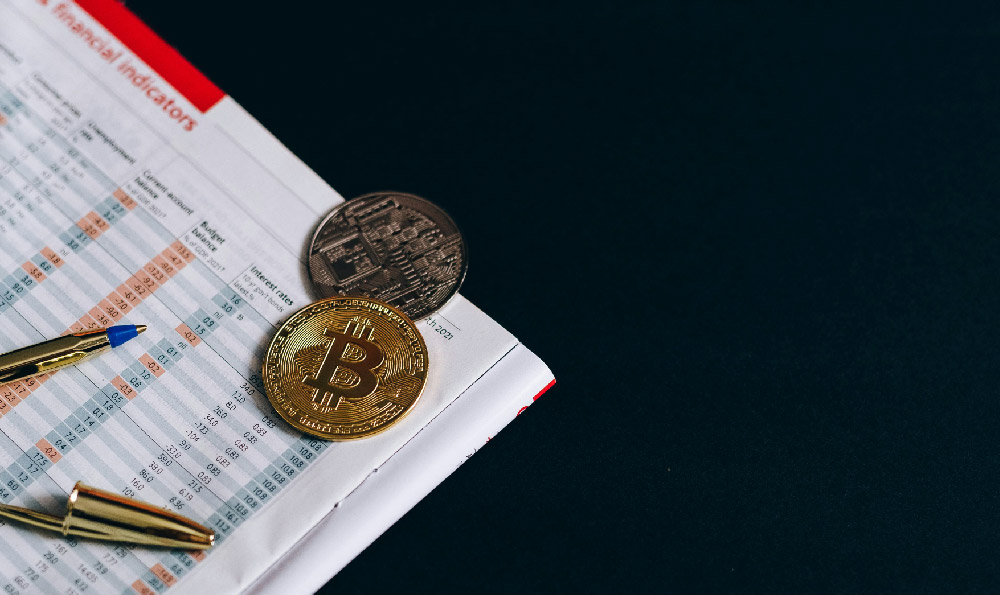
Okay, I understand. Here's an analysis of Telegram's monetization strategies and their long-term viability, adhering to your specified requirements:
Telegram, a messaging platform celebrated for its robust encryption, large group capabilities, and a commitment to user privacy, has long grappled with the question of monetization. For years, it operated primarily on the personal wealth of its founder, Pavel Durov, fostering a reputation for being ad-free and resisting the data-driven approaches favored by its competitors like WhatsApp and Facebook Messenger. However, as the platform grew to hundreds of millions of users, the need for a sustainable revenue model became increasingly apparent. Durov himself acknowledged that reliance on personal funding was not a viable long-term solution.
The initial foray into monetization began with Telegram Premium. This subscription service offers users access to exclusive features in exchange for a monthly fee. These features include doubled limits (such as the number of channels one can follow), faster download speeds, advanced message management tools, exclusive stickers and reactions, and the ability to convert voice messages to text. Premium users also gain the advantage of supporting Telegram’s ongoing development and infrastructure costs, directly contributing to the platform's sustainability. The appeal of Telegram Premium lies in its value proposition to power users, individuals and businesses who heavily rely on the platform for communication, organization, and content distribution. By offering features that enhance productivity and personalization, Telegram taps into a segment willing to pay for an enhanced experience. However, the success of Telegram Premium hinges on its ability to continually add compelling features that justify the subscription fee and attract a broader user base beyond just the existing power users.

Beyond Premium, Telegram has introduced advertising, but in a carefully controlled and privacy-focused manner. Unlike the pervasive ad tracking and targeting seen on other platforms, Telegram Ads are displayed in public channels with one thousand members or more. These ads are contextual, meaning they are based on the topic of the channel and not on individual user data. This approach aligns with Telegram's commitment to user privacy, but it also presents challenges in terms of revenue generation. The limited targeting capabilities mean that advertisers may be less willing to pay premium rates compared to platforms that offer highly granular targeting options. Furthermore, the potential for ad fatigue and disruption to the user experience in these larger channels must be carefully managed to avoid alienating users.
Another avenue Telegram is exploring is through its Telegram-based blockchain platform, TON (Telegram Open Network), although its history has been complex. While the initial launch of TON faced regulatory hurdles and ultimately resulted in the return of funds to investors, the underlying technology and community interest remain. Telegram has since distanced itself formally from the development, but the open-source nature of TON allows for ongoing development and potential integration of TON-based services within the Telegram ecosystem. This could open up opportunities for in-app payments, decentralized applications, and other blockchain-related functionalities, potentially generating revenue through transaction fees or ecosystem participation. However, the regulatory landscape surrounding cryptocurrencies and blockchain technology remains uncertain, and the success of any future TON-related endeavors will depend on navigating these challenges effectively.
The sustainability of Telegram's monetization strategy is a multi-faceted question. The effectiveness of Telegram Premium relies on attracting a sufficient number of subscribers who find the exclusive features valuable enough to pay for. This requires continuous innovation and the introduction of new features that cater to the evolving needs of Telegram's diverse user base. The controlled approach to advertising offers a potential revenue stream without compromising user privacy, but it may also limit the potential for significant revenue growth. Striking the right balance between monetization and user experience is crucial.
The regulatory environment also plays a significant role in Telegram's long-term sustainability. Increased scrutiny of messaging platforms regarding data privacy, content moderation, and security could lead to increased compliance costs. Navigating these regulatory challenges while maintaining its commitment to user privacy will be essential for Telegram's continued growth and success.
Looking forward, Telegram's future monetization strategy likely involves a combination of approaches. Expanding the features and benefits of Telegram Premium, refining its contextual advertising model, and exploring opportunities within the blockchain space through TON or other technologies could all contribute to a diversified revenue stream. The platform's success hinges on its ability to balance monetization with its core values of user privacy and a seamless user experience. Failure to do so could lead to user churn and a decline in the platform's popularity. Successfully navigating this complex landscape will determine whether Telegram can maintain its independence and continue to thrive as a leading messaging platform in the years to come. Ultimately, Telegram's long-term sustainability depends on its ability to adapt to the evolving needs of its users and the changing dynamics of the digital landscape.




